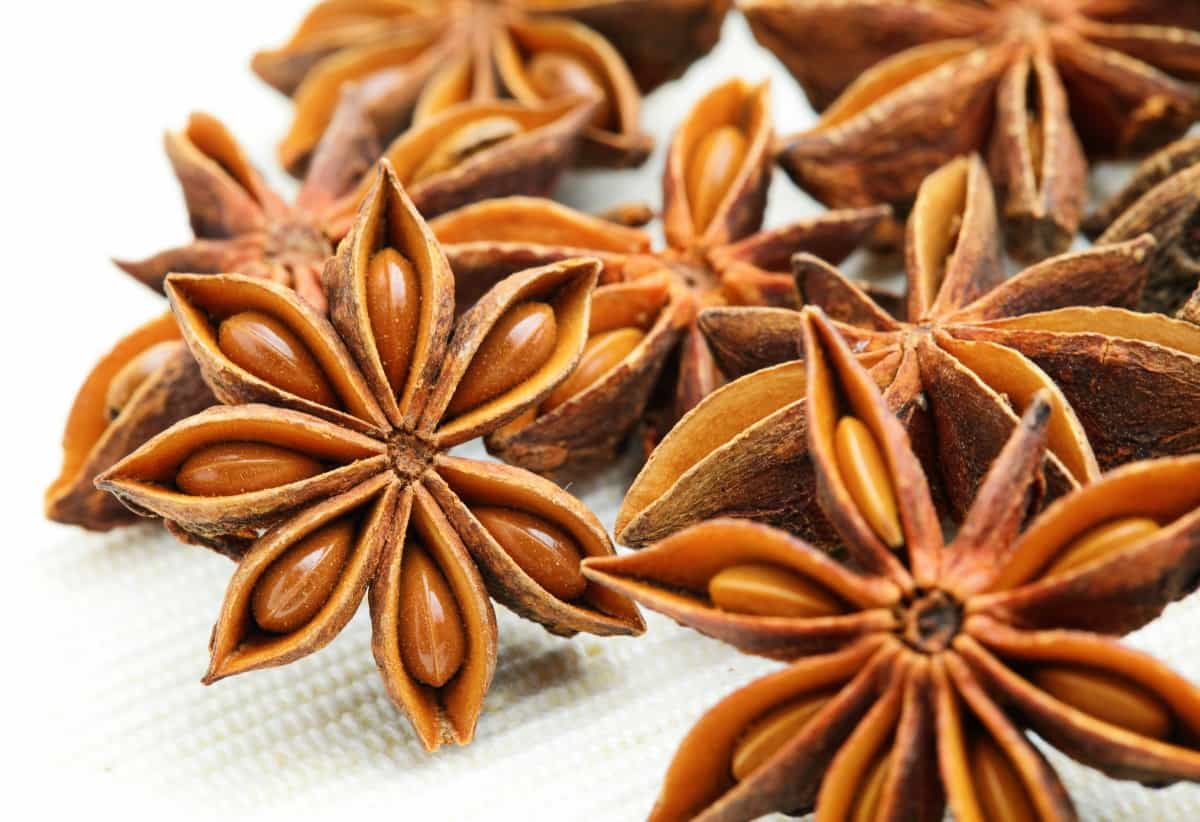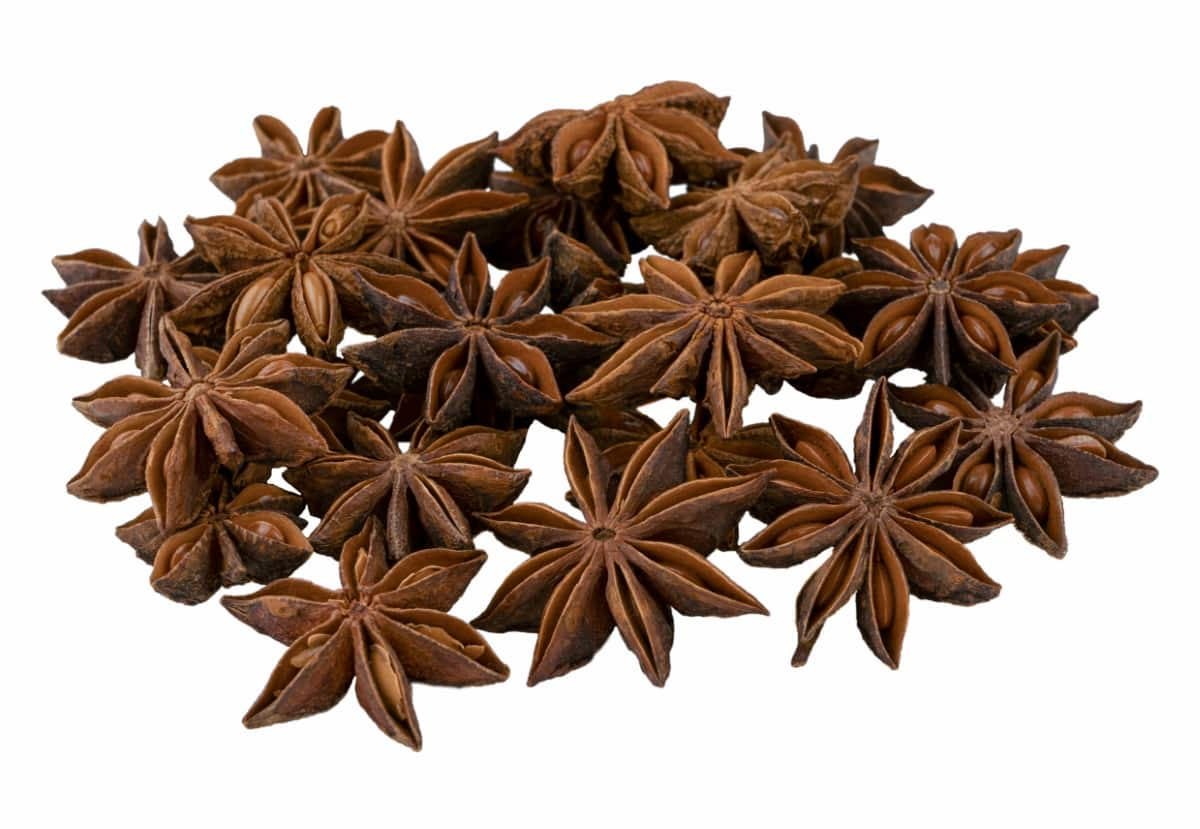Growing star anise at home can be a fulfilling and aromatic journey, from planting the seeds to harvesting the unique, star-shaped pods. This guide will lead you through each step of the process, guaranteeing a prosperous cultivation of star anise in your garden.

How to Grow Star Anise in the Home Garden
Understanding the Basics of Star Anise
Star anise, a popular spice known for its distinct flavor and star-shaped pods, is a desirable plant for home gardeners. Although many wonder if you can grow star anise from dried seeds, the process is more complex than simply planting store-bought seeds. Understanding the plant’s natural conditions and requirements is crucial to successfully grow star anise from seed.
Star anise cultivation involves specific climate conditions, as the star anise growing zone is typically warm and humid. When considering where to buy star anise seeds for planting, choose reputable sources that offer seeds specifically meant for germination. The star anise plant can also be grown indoors, making it a versatile option for gardeners in various climates.
Location Requirements for Growing Star Anise in the Home Garden
Choosing the right location is crucial for growing star anise in your home garden. Since star anise thrives in a warm and humid environment, it’s important to replicate these conditions as closely as possible. If you reside in a suitable star anise cultivation region, choose a garden location with ample sunlight and shelter from strong winds. Growing star anise indoors near a sunny window can be a great alternative for those in cooler climates. Ensure that your chosen location has good air circulation to prevent plant diseases.
How to Prepare the Soil for Growing Star Anise in the Home Garden
Soil preparation is a key step in establishing a healthy star anise plant. This spice prefers well-draining soil with a good amount of organic matter. Mix in compost or aged manure to prepare the soil to enhance its fertility and structure. The soil’s pH level should ideally range from slightly acidic to neutral. If you’re growing star anise indoors, use a high-quality potting mix and ensure your pots have adequate drainage holes to avoid waterlogging, which can harm the plant’s health.
Ways to Propagate Star Anise
When it comes to propagating star anise, there are primarily two methods: growing from seed or using seedlings. If you’re exploring how to grow star anise from seed, start by sourcing fresh seeds, as dried seeds may not germinate well. Before planting, immerse the seeds in water for a full day to facilitate germination by softening the outer shell. For those who prefer a head start, purchasing star anise seedlings from a nursery can be a more straightforward approach. This method reduces the initial growing challenges and speeds up the process towards achieving a mature plant.
How to Plant Star Anise Seeds or Seedlings in the Home Garden
Planting star anise seeds or seedlings requires care and attention. For seeds, sow them in a seed-starting mix, placing them about an inch deep into the soil. Keep the soil moist but not waterlogged. In ideal conditions, seeds will germinate in a few weeks. When transplanting seedlings, gently remove them from their containers and place them in prepared soil, ensuring they do not disturb the root system. Space the plants adequately to allow for growth and air circulation, critical for preventing disease.
In case you missed it: Frequently Asked Questions About Star Anise Farming

You Must Provide Adequate Watering and Drainage for Star Anise
Watering and drainage are vital for the health of star anise plants. They thrive in consistently moist soil, but it’s crucial to avoid excessive watering to prevent root rot. If you are growing star anise indoors, be particularly mindful of drainage. Pots should have holes at the bottom to allow excess water to escape. Regular watering is essential during dry periods, but it reduces the frequency during rainy seasons or in cooler months.
Best Fertilizer for Star Anise Plants for Optimal Growth
For optimal growth of star anise plants, using a balanced fertilizer with an appropriate NPK (Nitrogen, Phosphorus, Potassium) ratio is key. A fertilizer with equal parts of each, such as a 10-10-10 or 20-20-20 formulation, works well for star anise, providing essential nutrients throughout its growing season.
Apply this fertilizer according to package instructions, usually in the spring and summer, to support the plant’s health and maximize yield. Additionally, incorporating organic matter into the soil can further enrich the nutrient content and improve soil structure, benefiting the overall growth of the plant.
How Pruning and Training Help Star Anise for Shape and Productivity
Pruning and training are essential for shaping and enhancing the productivity of your star anise plant. Trim the plant to eliminate unhealthy branches and promote fresh growth. Pruning also helps maintain the plant’s desired shape and improve air circulation, which is important for the plant’s overall health. Training young plants by staking can guide their growth, ensuring they develop a strong structure that supports the star anise yield per plant, which can be substantial when the plant is well cared for.
Pest and Disease Management in Star Anise Plants
Managing pests and diseases is crucial for a healthy star anise plant. Frequently examine your plants for indications of pests or disease. Common issues include aphids, spider mites, and fungal diseases. To combat these, use appropriate organic or chemical treatments, ensuring they are safe for edible plants. Good cultural practices like proper spacing, adequate watering, and air circulation significantly reduce the risk of pests and diseases.
When and How to Harvest and Store Star Anise Pods
Harvesting star anise pods at the right time is essential for maximum flavor. The pods should be picked when they have matured but before they open. This is usually in late summer or early autumn. After harvesting, dry the pods in a well-ventilated, shaded area. Once dried, store the star anise pods in an airtight container in a cool, dark place to preserve their flavor and aroma.
Yield of Star Anise Per Plant
The yield of star anise per plant can vary, but on average, a healthy, mature plant can produce approximately 3 to 4 pounds of dry seed pods annually. These figures depend on optimal growing conditions, including proper watering, fertilizing, and pruning. With careful maintenance, a single star anise plant can provide a substantial harvest, enriching your spice collection and offering plenty to share.
In case you missed it: How to Grow Gongura in the Backyard from Seeds and Stem Cuttings: A Guide to Indian Home Gardeners in the USA

Conclusion
Growing star anise in the home garden can be rewarding, offering fresh, aromatic pods for culinary use. Gardeners can enjoy a bountiful harvest by understanding the plant’s requirements, providing proper care, and managing pests and diseases. Remember to harvest and store the pods correctly to maximize their flavor and enjoy the rich, licorice-like taste of home-grown star anise in your cooking.
- Feed Your Flock for Less: Top 10 Tips to Save on Chicken Feed
- Ultimate Guide to Ossabaw Island Hog: Breeding, Raising, Diet, and Care
- Hatching Answers: The Top 10 Reasons Your Chickens Aren’t Laying Eggs
- Eggs and Economics: Breaking Down the Cost of Raising Backyard Chickens
- Defend Your Greens: Proven Methods to Keep Iguanas Out of Your Garden
- Ultimate Guide to Cinnamon Queen Chicken: A Comprehensive Guide for Beginners
- Ultimate Guide to California Tan Chicken: Breeding, Raising, Diet, Egg-Production and Care
- Ultimate Guide to Marsh Daisy Chicken: Breeding, Raising, Diet, and Care
- 10 Types of Chicken Farming Businesses You Can Start for Profits